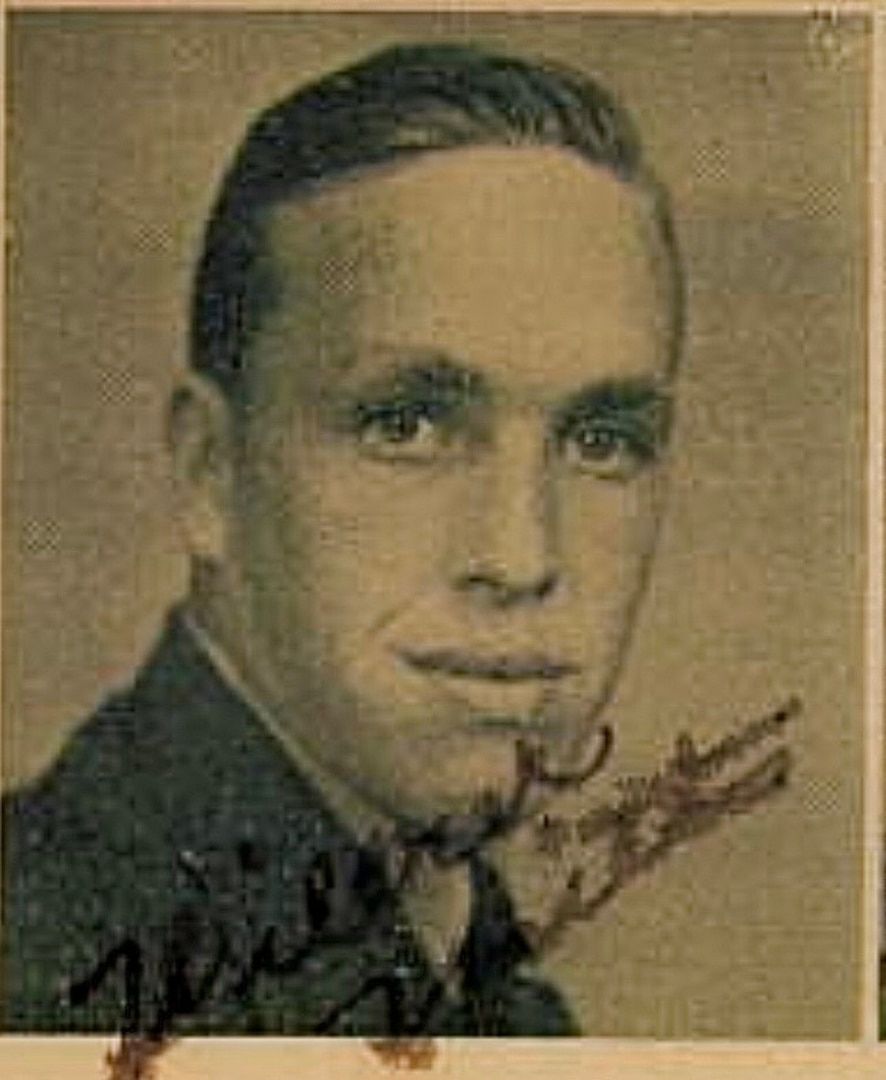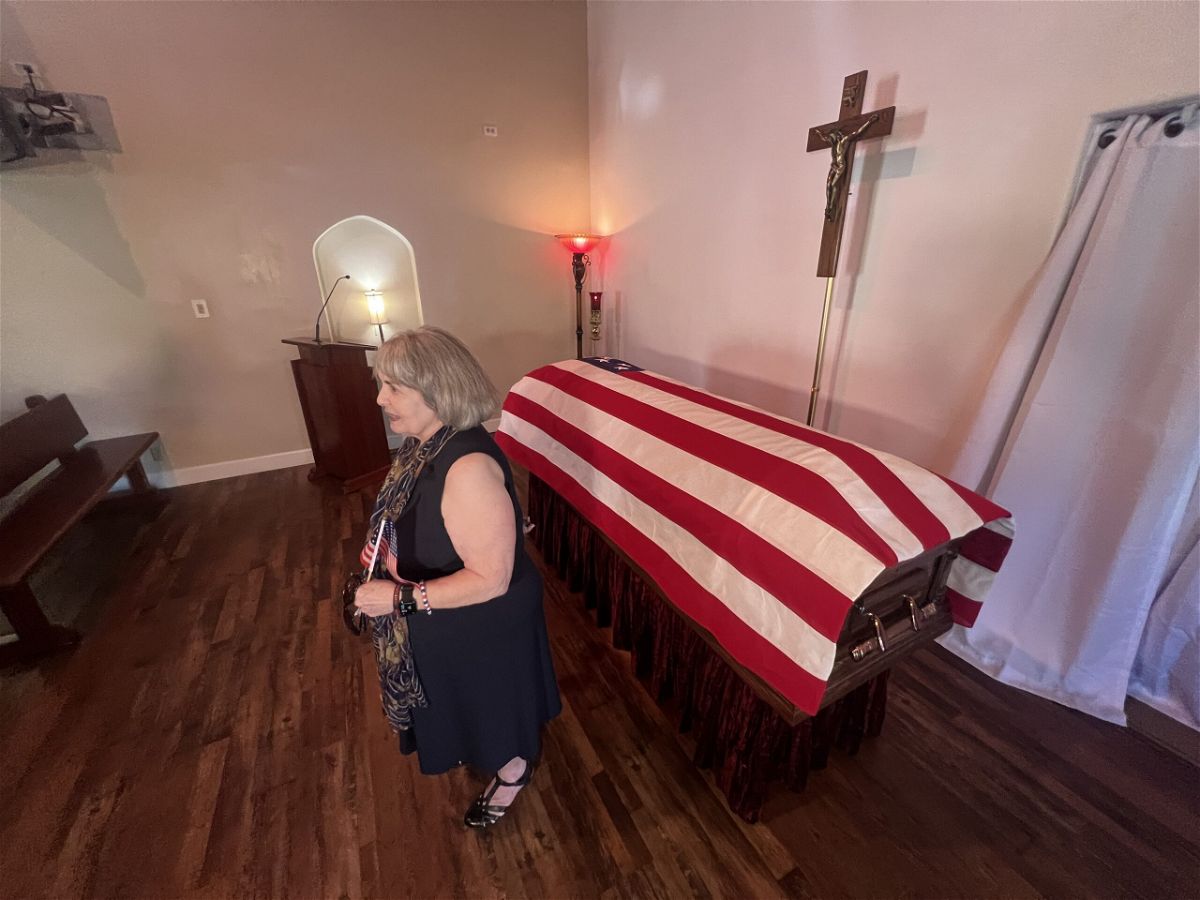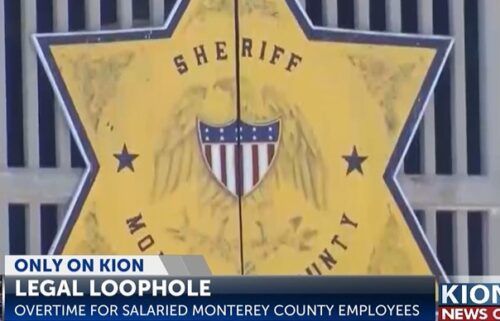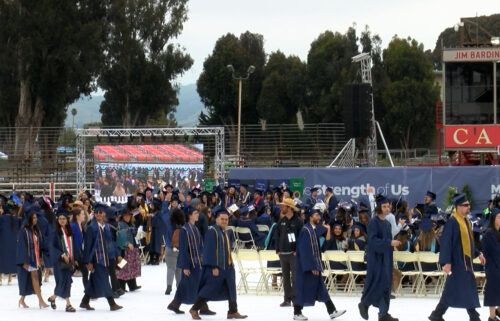A homecoming over 80 years in the making, bringing home a World War II hero to Seaside

On Sunday September 10, 1944, tragedy struck as the aircraft carrying U.S. Navy Aviation Radioman First Class Wilbur Mitts started spinning out of control. The plane, violently crashing, claiming the lives of all three service members on board. The TBM-1C Avenger Bureau Number, 17018 took off from the USS Enterprise on a mission to conduct air strikes against enemy targets in Malakal Naval District, Palau Islands. Their aircraft was struck by enemy anti-aircraft fire and crashed into water near Malakal. Efforts to recover Mitts’ remains were unsuccessful.

On Thursday, over 80 years later, Mitts’ remains were finally brought home to Seaside, in a long-awaited homecoming. With the American flag solemnly draped over his casket, U.S. Navy Aviation Radioman First Class Wilbur Mitts makes his way back home to Seaside. Diana Ward, his niece, fondly recalls a letter written by Mitts, inquiring if she had been born yet.
"I don't know who it went to, if it went to my grandmother or aunt, but the letter said, 'I'm still waiting for word on if I'm an uncle yet,' and so he was waiting for my birth, and he didn't quite make it," - Ward tearfully recalls.
Mitts' untimely death, just three days before Diana's birth, left a void in the family that lingered for decades. The pain of losing a loved one was intensified by the lack of closure and the absence of his remains. For years, Mitts' family held onto the hope that one day he would be brought back home, allowing them to pay their respects and find solace in his final resting place.
“I’m feeling very grateful, that what I am feel, very emotion but grateful.” – Ward says.
The journey to bring Mitts home was a complex and arduous one. It required the dedication of many individuals and organizations, including the Defense POW/MIA Accounting Agency (DPAA). The DPAA is responsible for the recovery, identification, and repatriation of missing U.S. service members from past conflicts. In the case of Wilbur Mitts, the DPAA meticulously combed through historical records, interviewed family, and utilized advanced forensic techniques to locate and positively identify his remains, including mitochondrial DNA.
“I was absolutely amazed and a little but shocked, and numb when I heard about it.” -Ward says.

Diana kept a record that Mitts and his father had recorded, she was recently able to get it to play.
“I got it working and I got the hear my uncles voice for the first time singing the Washbash Cannonball. It was very emotional, I got tears in my eyes, finally able to hear his voice.”
Mitts was 24 when he died in combat. The discovery of the World War II hero’s remains marked a significant milestone in the long and emotional journey for his family. It provided closure and a sense of peace that had eluded them for so many years. The news of his recovery was met with mixed emotions - a combination of relief, grief, and gratitude for the sacrifice he made for his country.
“I think he would want you know how important his service was, and how much he loved his family.”



